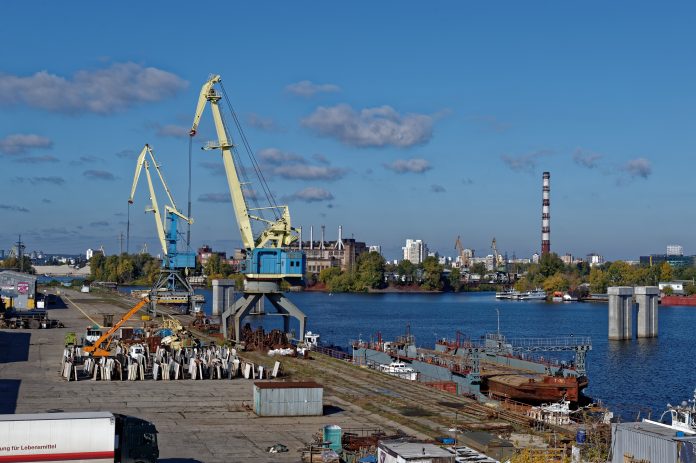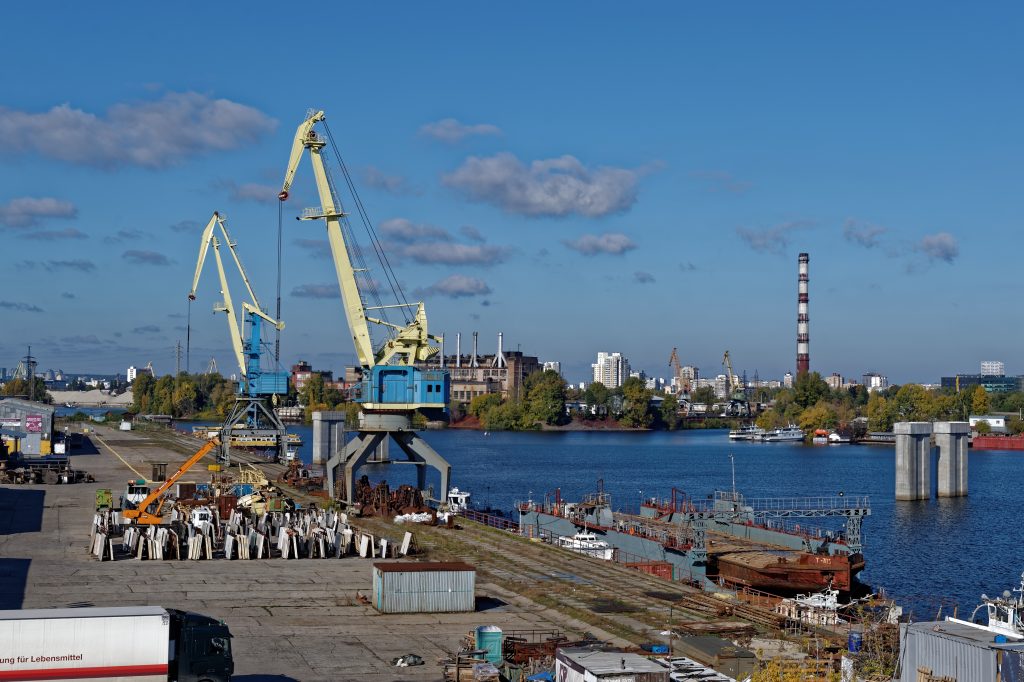
“Every oil refinery, every oil terminal that gets hit is millions of dollars less for the Kremlin’s war machine,” a source in the Security Service of Ukraine told Kyiv Post after one of the most disrupting attacks on Russia’s Black Sea energy hub in months. The overnight strike at Novorossiysk’s Sheskharis oil terminal was more than a battlefield incident-it was a calculated move in Kyiv’s intensifying campaign to choke Moscow’s war revenue at its source.
The port city, for years a crucial artery of Russian crude exports, blew up in a fireball as Ukrainian long-range cruise missiles and drones overran its defenses. The various branches involved presaged an expanding reliance on domestically manufactured precision weapons to strike deep inside Russian territory. The strike spoke to a layered story of military innovation, economic pressure, and shifting strategic balances as the oil price spiked and global markets moved accordingly. Following are nine key takeaways from the attack in Novorossiysk and their larger implications for the war and global flows of energy.
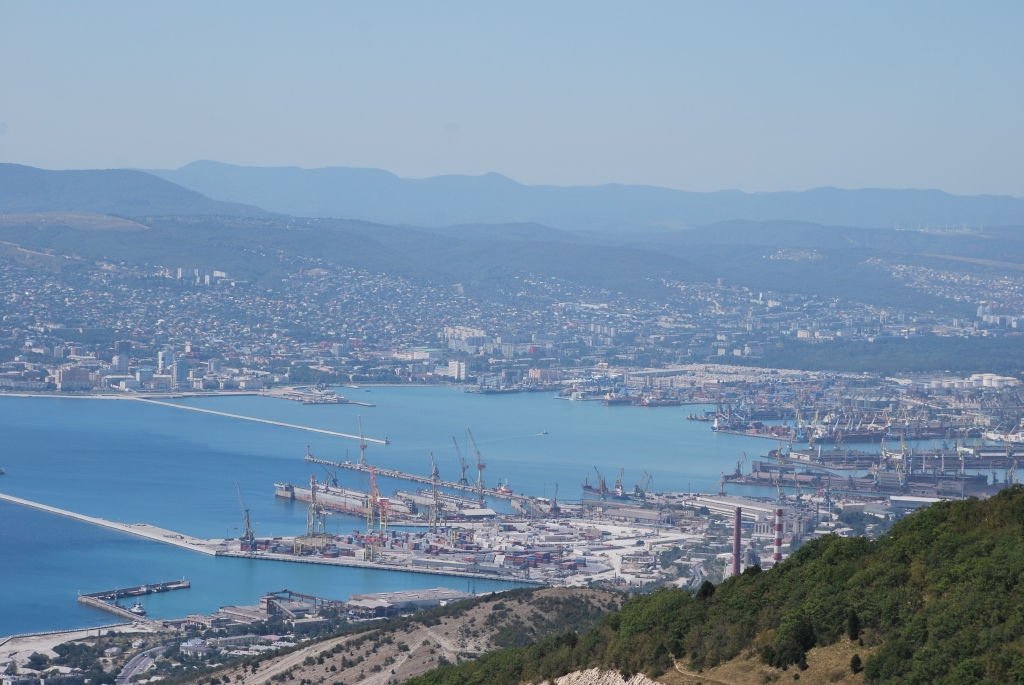
1. Targeting Russia’s Second-Largest Oil Export Hub
Novorossiysk moves over two million barrels of oil per day and is one of the most crucial export points in Russia. The Sheskharis terminal is an endpoint for key Transneft pipelines carrying Urals crude and refined products. Loading stands, pipeline, and pumping systems were damaged, which forcibly took the facility offline, taking approximately 2% of global oil shipments off the market in the interim. Brent crude rallied about 2% on the disruption at the choke point.
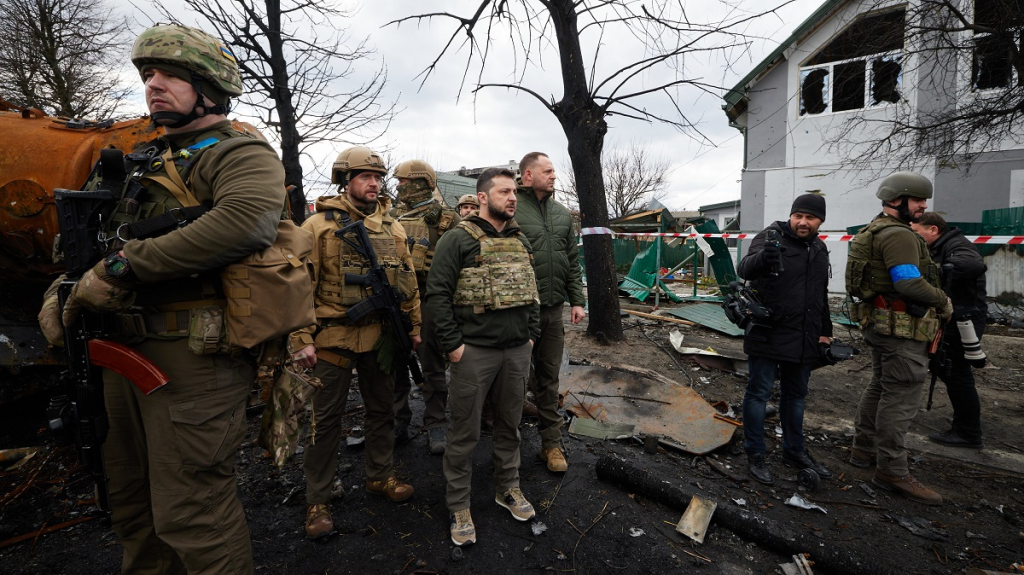
2. Coordinated Multi-Agency Ukrainian Operation
The strike was conducted by the SBU’s “Alpha” unit in coordination with the Main Intelligence Directorate, Special Operations Forces, Border Guard Service, and Navy missile-artillery teams. The inter-service coordination allowed strikes on oil infrastructure and air defense positions to be performed simultaneously. Combining missile salvos with drone swarms, Ukraine has exploited gaps in the Russian defenses; this is a tactic the SBU says it applies “methodically” in order to dismantle protective layers around critical sites.
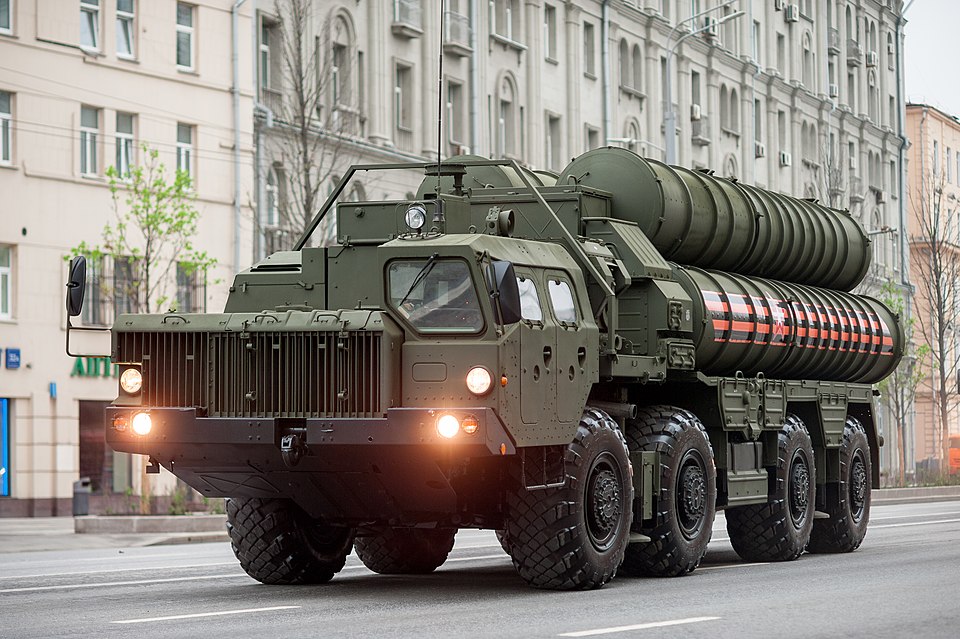
3. Neutralization of Advanced Air Defenses
The strike reportedly took out a high-end S-400 battery upgraded from an older S-300 system with about 12 launchers. Other key radar assets hit included the 96N6 “Cheese Board” early-warning radar and the 92N6 “Grave Stone” target-acquisition radar. The removal of these systems thus opened the port to follow-on strikes, underlining Ukraine’s ability to undertake suppression of enemy air defenses deep inside Russian territory.

4. Long Neptune Cruise Missile Deployments
President Volodymyr Zelensky publicly confirmed the use of indigenously built Long Neptune missiles, which have a range of up to 620 miles. Extended-range variants of the R‑360 Neptune anti-ship missile include GPS-assisted inertial navigation and imaging infrared guidance for land-attack missions. An enhanced fuel load combined with redesigned transporter-erector-launchers gives Ukraine a standoff capability whose performance matches that of some Western systems-and without the political baggage that often comes with foreign-supplied weapons.

5. Flamingo Missiles & Expanding Domestic Arsenal
Next to the Long Neptune, Ukraine ramps up its production of the Flamingo cruise missile, with its estimated 1,864-mile range and a warhead heavier than a ton. These, developed by Fire Point, give Kyiv the capability to strike almost any Russian energy facility within reach. The growing domestic arsenal includes also long-range kamikaze drones and hybrid missile-drone systems like Peklo, extending the spectrum of precision strike options.

6. Strategic Refineries, Repeated Strikes
The attack against Novorossiysk is part of a wider campaign that has hit more than half of Russia’s 38 major refineries, some of them repeatedly. Plants in Saratov, Volgograd, Tuapse, and Primorsk have also been hit, with Ukraine’s drone and missile attacks putting 20% of Russia’s refining capacity offline between August and October. In order to mitigate the loss in output, Moscow activated idle units. However, the repeated cuts are expensive, stretching repair resources.

7. Economic Shocks to Global Oil Markets
Oil prices surged on word of the strike, pushing WTI back above the $60/bbl mark. But analysts caution that consistent attacks on facilities like Novorossiysk could produce long-term supply fears-particularly as Russia’s Black Sea corridor grows more precarious. The one-two punch of kinetic strikes and sanctions-new U.S. penalties on Lukoil and Rosneft among others-is spooking buyers in China, India, and Turkey and further exacerbating the Kremlin’s export woes.

8. Civilian and Collateral Damage
At least three crew members were injured aboard the sanctioned tanker Arlan due to falling debris, while apartment buildings and private homes were damaged in Novorossiysk. Local authorities mobilized 172 personnel along with 51 units of equipment to extinguish fire and assist the residents. The scale of collateral damage underlines the risk of high-intensity strikes even against military and industrial targets in urbanized port areas.
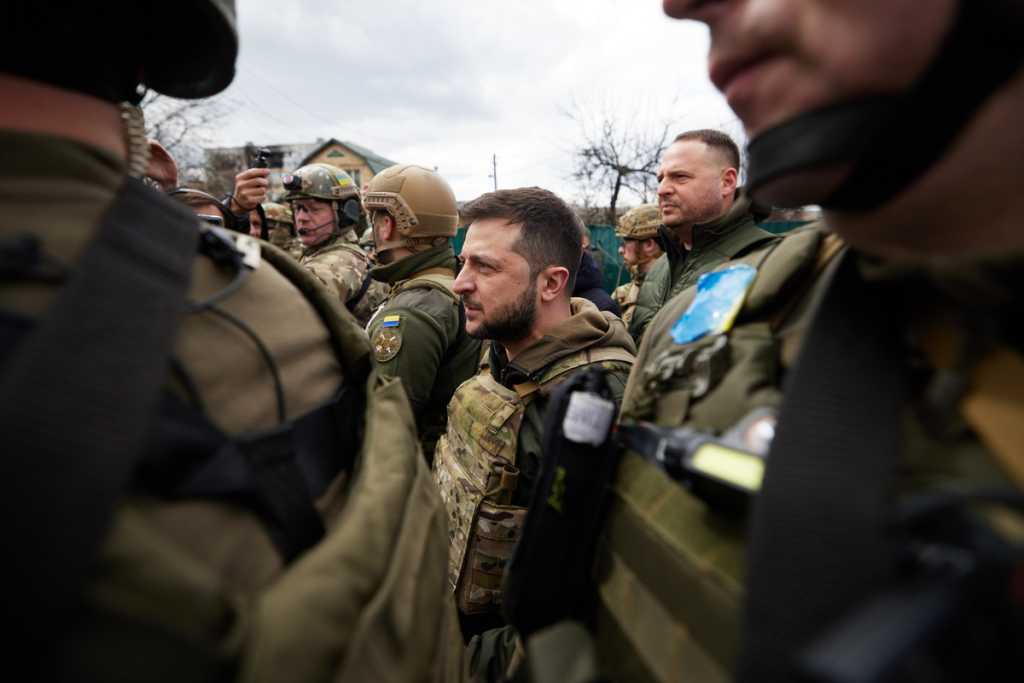
9. Strategic Pressure Before Winter
The bombardment of Kyiv and other Ukrainian cities-some 430 drones and 18 missiles-was an attempt to cripple the infrastructure for heating and electricity in the face of falling temperatures. Counter-strikes by Ukraine on oil export hubs are meant to chip away at Moscow’s ability to finance such campaigns. Kyiv is targeting assets funding recruitment and logistics in a twin-pronged approach weakening front-line combat power while increasing the economic cost of sustaining the war.
In all, the strike on Novorossiysk represents a unique intersection of precision military technology, economic warfare, and strategic timing. Ukraine’s capability to strike deep inside Russia with domestically produced long-range weapons is shifting the conflict dynamic and forces Moscow into defending critical infrastructure far from the front lines. As winter sets in, the fighting over energy assets will only continue to intensify, with each successful strike carrying consequences well beyond the immediate blast radius.
